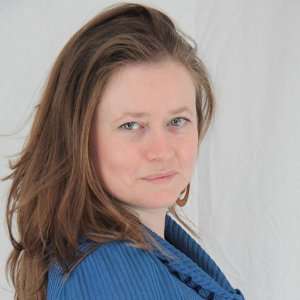“Take an object. Do something to it. Do something else to it. Do something else to it”. These are Morton Feldman’s own words on his Patterns in a Chromatic Field. And they are a concise and accurate description of what occurs during the piece. Patterns... is one of Feldman’s later works, composed in 1981. However, it is in marked contrast to the slow and expansive development of his other works from that time. Instead, it is comprised of small cells formed of ostinato chromatic patterns (hence the title). It abruptly switches between rapid juddering and glacial flow, chromatic glissandi and leaping intervals, chords and interweaving lines. It is a hugely challenging piece for both cellist and pianist, with requirements including long passages entirely formed of harmonics and leaping but pianissimo chords on the piano. Utmost focus is needed from both for a successful performance.
Anton Lukoszevieze and Philip Thomas of Apartment House delivered this in spades at the Southbank Centre’s Purcell Room this Friday. It was part of The Rest of Noise’s “Superpower” weekend, focusing on the music of the USA. “Superpowered” would also be a good term to describe the efforts of both Lukoszevieze and Thomas. The piece begins abruptly, as if it has already been going for some time already, and it took the performers as well as the audience a few minutes to find their equilibrium. Having done so, they then treated us to an extraordinary 90 minutes.
I was originally thrilled to have an aisle seat with a fantastic view of the stage. However, it quickly became clear that this was not necessary to enjoy the performance. Lukoszevieze and Thomas transmitted their clear focus to the audience, and so heavy was the air with concentration that even if I had wanted to make notes, I would have been afraid to, lest the noise of my pen disturb someone across the room. I frequently closed my eyes to focus on the sounds, or allowed them to drift around the room to augment the experience visually. I even felt the room brighten at one point, so intently was I paying attention.
Others were less circumspect, with a small few in a well-attended concert opting to leave early – with only one being to spare us the disruption of their coughing, as far as I could tell. In another venue this probably wouldn’t have disturbed me; in fact, in a less formal environment I would have opted to lie down on the floor to listen. However, here it seemed unintelligible, and hugely disrespectful to Lukoszevieze and Thomas, who were giving the performance of a lifetime. To their enormous credit, they never wavered, maintaining the intense focus throughout. They created moments of crystalline beauty, punctuated by juddering rhythmic passages. And yet the music was comforting, or familiar, thanks to the repeating cell patterns. If I were to be extremely picky, I could count a few stray harmonics against Lukoszevieze; however, the piece contains so many leaping harmonics that I would not expect other live performances to better it.
The piece ended as abruptly as it began, catching me by surprise. The rest of the audience clearly shared my sentiments of not wanting it to end. Silence hung in the air, as if the audience were willing the performance to continue. Eventually the audience reluctantly applauded, and we dispersed homewards, yet my mind felt cleansed and the normal vexations of travelling home felt trivial. It was one of those rare performances where you feel changed afterwards. If I could, I would still be there, listening.


